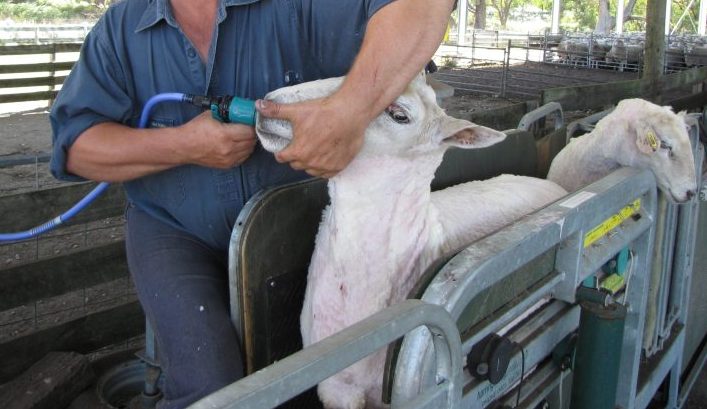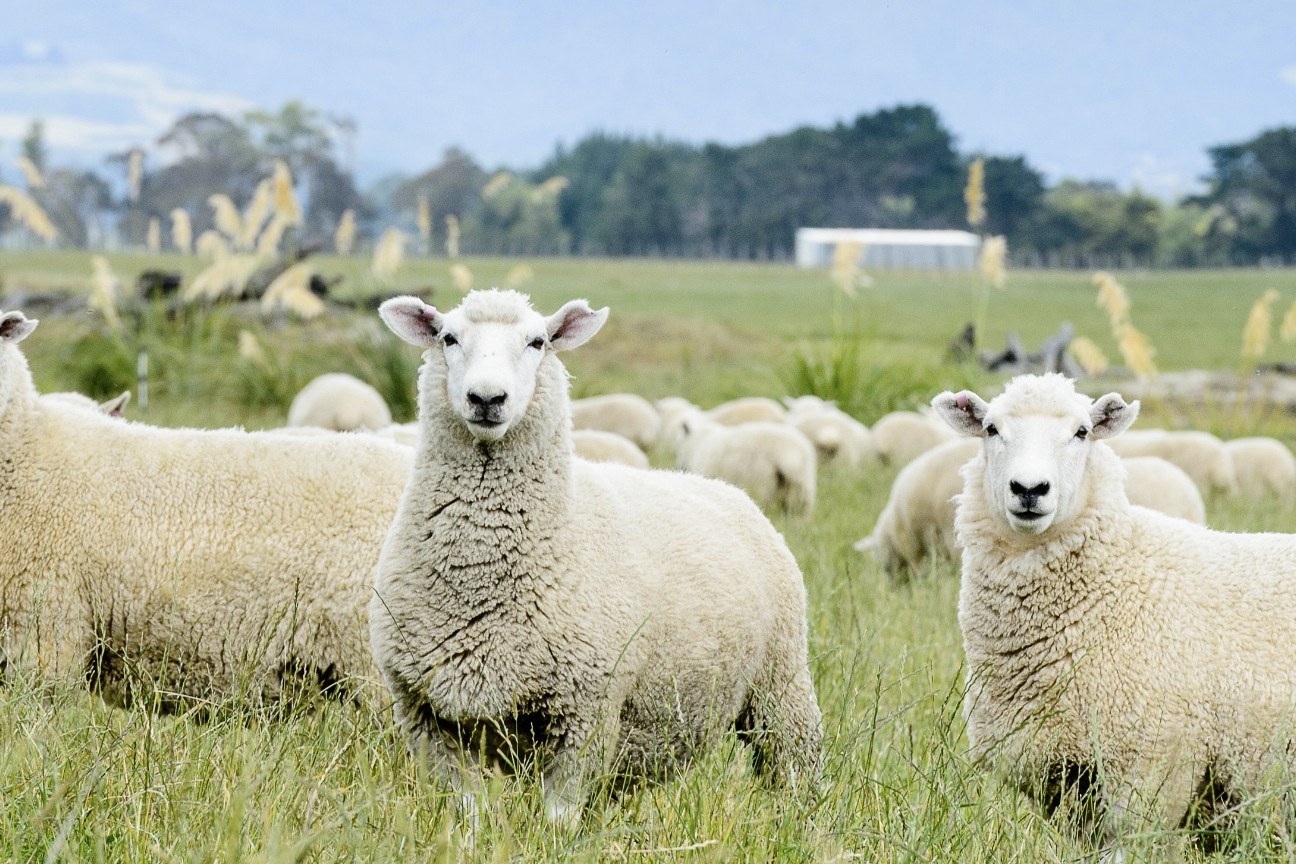How to keep ahead of the drench game
When asking for drench performance information when buying stock or land, it is recommended that farmers get a series of tests carried out over time. Words Sandra Taylor.

Increasingly sheep farmers and their advisors are becoming aware of the seasonal variations in worm types on their farm, and the impact of this on the apparent efficacy of their routine drench treatments.
A decade ago, farmers were encouraged to carry out a faecal egg count reduction test (FECRT) every few years to check the efficacy of their drenches.
Faecal egg counts are measured from the animals on the day they are drenched and again one to two weeks later.
If the drench has worked, there should be no eggs present because all worms have been killed. Any eggs found in the samples are incubated and grown out into baby worms (a larval culture) to identify which worm genera are surviving the drenches.
While this test is still a useful and comprehensive look at the worms on a farm at the time, it must be remembered that it is just that – data from a point in time.
“Understanding how each of the factors interact is key to implementing effective solutions.” – Ginny Dodunski, Wormwise Programme Manager
In FECRTs, small groups of lambs or calves are treated with drenches from the different anthelmintic families, to compare the performance of each drug against the worms on board.
A general scheme of sheep worm seasonal changes might flow: Teladorsagia (and if you’re in the deep South, Nematodirus) from late winter into spring, Haemonchus (Barber’s Pole worm, in the northern half of the country) from late spring into summer, then lots of Trichostrongylus in the autumn.
When it comes to testing drench performance, the worm mix in lambs in early summer may be different to what it is later in the season. There are a number of cases where farmers have been caught thinking ‘all is well’ in December, only to have lambs sick with resistant Trichostrongylus the following autumn.
The message here is ‘continue to do drench checks all season’. In nearly all of these cases, the sick lamb outcome could have been prevented if regular post-drench FECs were being carried out, as the problem would have been picked up earlier.
Because results can vary so much through the season, when asking a vendor for drench performance information when buying stock or land, it is recommended that farmers get a series of tests
carried out over time and get someone knowledgeable to help.



